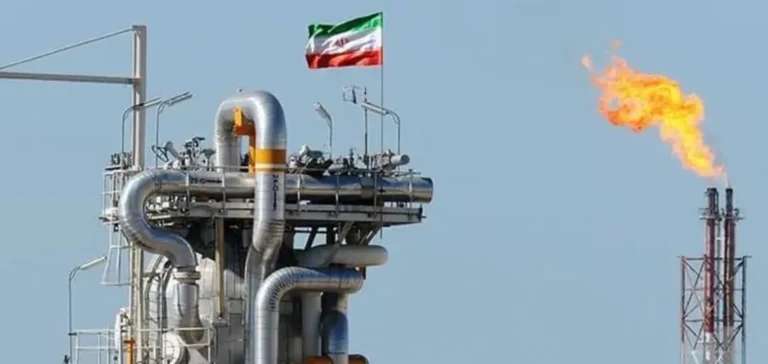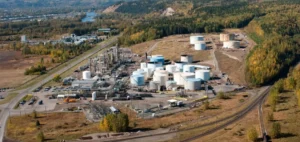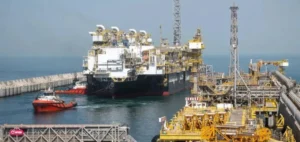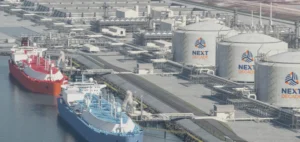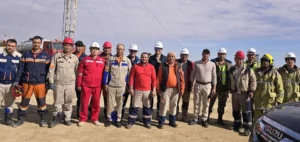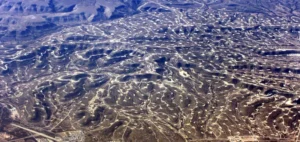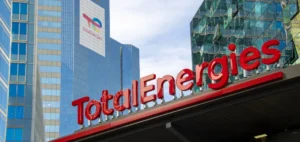Iran has announced a flare gas recovery program structured around executed contract packages and an additional segment in preparation. The first package covers 12 contracts aimed at recovering approximately 300 million cubic feet per day, or around 8.5 million cubic meters per day. Of this total, 200 million cubic feet per day are expected to be injected into the network, corresponding to approximately 5.7 million cubic meters per day and about 2.1 billion cubic meters per year. Additionally, the plan includes an annual production of 800,000 tons of liquefied petroleum gas (LPG) and an announced reduction of 30,000 tons per day of emissions, presented in greenhouse gas equivalents.
Volumes, Conversion, and Allocation of Flows
The volumes announced suggest a staggered ramp-up profile, with the first milestone being around 300 MMcf/d captured when the critical units are connected. The portion directed toward the gas network is expected to reach approximately 2.1 Gm³ annually, helping to alleviate peak demand and reduce reliance on substitute fuels in electricity production. The 800,000 tons per year of LPG represents, based on typical conversion factors, an annual volume of around 9 to 10 million barrels, or roughly 25,000 to 27,000 barrels per day. This LPG allocation is part of a broader strategy where network injection remains the operational priority, while the liquid fraction is linked to separation and fractionation units.
The technical scope involves recovering associated gas from oil fields, treating it to meet network specifications, and valorizing the natural gas liquids (NGL) cuts. The equipment packages include compression, dehydration, condensate recovery, fractionation units, and pipeline connections. The delivery schedule for compressors and control systems will directly influence the pace at which torches are switched to processing trains. Standardization and progressive qualification of subsystems will minimize unplanned downtime during the commissioning phase.
Contracts, Industrial Governance, and Timeline
The contract structure consists of an initial set of 12 executed contracts and an additional pipeline of 18 projects in preparation, resulting in up to 30 aggregated sites or subprojects. The National Iranian Oil Company (NIOC) coordinates the relationship between upstream operators, engineering, procurement and construction (EPC) contractors, and downstream operators. Achieving the target of 90% capture by 2027 requires staged commissioning, with ramp-ups occurring in clusters. The coherence of the critical path depends on plant shutdown windows, utility connections, and available pressure on export pipelines.
Industrial governance involves close monitoring of procurement milestones for long-lead items, including compression turbines, process valves, and analytical instruments. Engineering adjustments related to equipment alternatives may necessitate recalculations of hydraulic and thermodynamic models. The actual performance will be evaluated based on the proportion of gas redirected and the liquid/gas stabilization ratio after the first months of operation.
Expected Market Effects and Downstream Impact
The network injection of approximately 200 MMcf/d will alter the domestic gas balance, with reduced reliance on liquid fuels used in peak electricity production. The additional NGL volumes will feed the separation chain for C2+, strengthening the availability of ethane, propane, and butane for petrochemical complexes. The progression of LPG flows offers a foundation to secure off-take contracts, contingent on the consistency of quality and loading rates at terminals. Downstream operators will adjust their maintenance schedules to capture these molecules in favorable pricing windows.
Logistically, the availability of tank cars, storage capacities, and port slots will be key determinants of the delivered cost. Priority will remain on the gas network over liquid volumes, which will be sensitive to seasonal demand from residential and industrial sectors. Pipeline transport contracts will need to account for new line pressures and odorization requirements, based on local specifications. Site-specific data will allow the monitoring of recovery unit performance and the identification of residual flare pockets for later treatment.
Operational Framework and Risk Factors
The main risk factors concern the synchronization of EPC packages, the arrival of critical equipment, and the qualification of safety-instrumented systems. Delays in a single compression line could delay an entire cluster of commissioning. Technical compliance and insurance coverage affect the logistics of major components and the testing of performance. The ramp-up will be most robust if the redundancy of trains and accessibility of wear parts are sized at the detailed engineering stage.
The balance between network injection and liquid valorization requires dynamic decision-making based on relative pricing, system flexibility needs, and storage capacity. Market-based performance metrics will focus on reduced flare volumes, steady network throughput, and the level of liquid extraction. Contractualizing the remaining 18 projects in preparation will set the realistic capture ceiling beyond the initial milestone. Key performance indicators to monitor include the availability rate of new units, injected flow rates, delivered LPG volumes, and the frequency of unexpected shutdowns.


